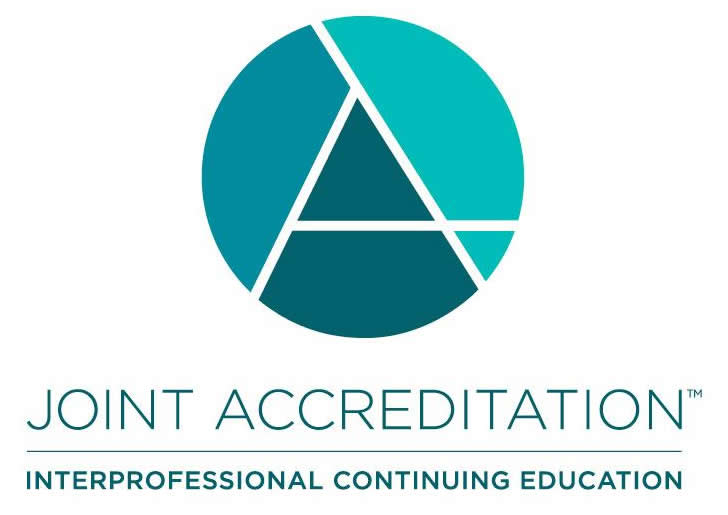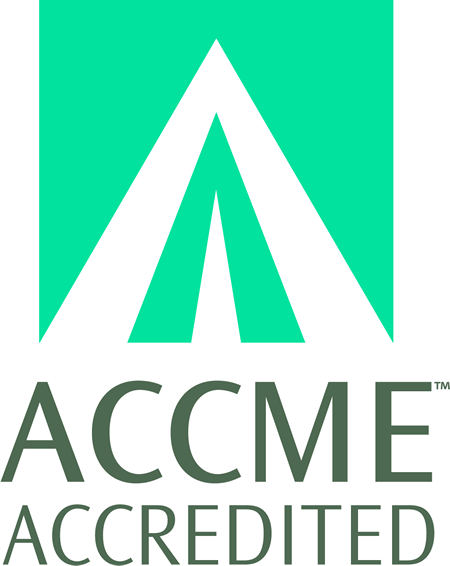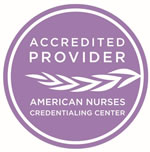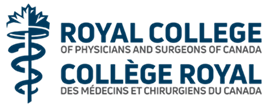
COURSE CREDITS & HOURS
16 AMA PRA Category 1 Credits™16 ACPE Credits
16.0 Contact Hours
4 Hours of Pharmacology for Nurse Practitioners
COURSE FEES
TARGET AUDIENCE
PROGRAM PURPOSE
- The Quiet Code: ECC in 2024
- Discuss how the pathophysiology during cardiac arrest drives care
- Recognize which therapies help, which cause harm, and new areas in which we can make a difference
- The Pharyngitis Fallacy
- Discuss and respect how changes in pathogenicity translate to changing diagnostic goals
- Weigh the benefit and risk of treating true bacterial pharyngitis with antibiotics
- A Practical Approach to the Low-Risk Chest Pain Patient
- Navigate the different methods for working up a chest pain patient
- Identify a role for stress tests, high-sensitivity troponins, and CT coronary angiography
- Syncope Made Simple
- Using the definition of 'syncope', differentiate true syncope verse non, and understand which diagnoses on the differential are ' 'can't miss' '
- Discuss and become more comfortable with risk-stratifying and disposing syncope patients
- Stroke and the Sad Saga of tPA
- Appreciate where literature intersects with politics specifically in the case of tPA
- Recognize the shift from time-based stroke care to imaging-based stroke care
- Pain Control in 2024
- Discuss the pros and cons of opiates, and arm yourself with non-opiate alternatives for managing acute painful crises
- Formulate reasonable plans for sending patients home with pain medicine
- Approach to the Headache Patient
- Formulate an organized approach to evaluating the serious verse common causes of headache
- Improve your pharmacologic toolbox to treat headache patients appropriately
- Become more comfortable knowing when to curb your full possible SAH workup "
- The Search for Life in the Universe: On Being a Scientist and Lifelong Learner
- Explore what constitutes life and the possibilities of finding life elsewhere in the universe
- Describe how the appreciation and application of basic sciences affects us as learners and clinicians
- Prevention Update for Primary Care
- Prioritize preventive practices for the top 5 leading causes of death in the US
- Identify the top key contributors for health in the US
- Recognize the current cancer statistics from recent publications
- Implement recently released recommendations from the USPSTF
- Hypertension Update
- Recognize the initial drug therapy and the indications for alternative drug therapy in hypertension
- Cite the common causes for refractory hypertension
- Identify the frequent causes and therapy for secondary hypertension
- Lipid Disorders Update
- Identify the treatment benefit groups for cholesterol lowering therapy based on the current ACC/AHA report
- Categorize risk stratification for cholesterol therapy based upon risk factors
- Recognize the hyperlipidemia therapy of coronary artery equivalent patients
- Relate the importance and role of intensive LDL cholesterol lowering therapy.
- The Red Eye
- Identify common red eye etiologies encountered in an outpatient setting
- Differentiate between urgent and routine red eye conditions
- Outline common treatment options for red eye etiologies
- Topical Corticosteroids
- Identify that there are many topical corticosteroids, and they differ in potency, formulation and penetratiom
- Discuss the different skin conditions for which there is evidence of effectiveness of topical corticosteroids e.g., psoriasis, vitiligo, eczema, atopic dermatitis, phimosis, acute radiation dermatitis, and lichen sclerosis
- URI and Vertigo
- Narrow the differential diagnosis of dizziness with physical examination tests and appropriate history taking, including a medication review and anxiety disorder evaluation
- Treat vertigo using the Epley maneuver and vestibular rehabilitation for identified vestibular disorders
- Use evidence-based guidelines to select appropriate treatment of dizziness as appropriate per the etiology
- Develop collaborative care plans, including patient education, to help patients minimize reoccurrences
- Common Childhood Rashes
- Distinguish among the common skin rashes in children for accurate diagnoses
- Create a disease management strategy for children with common skin problems
- Acute Abdominal Pain
- Recognize the signs and symptoms of intra-abdominal conditions requiring surgical intervention
- Perform specialized maneuvers to narrow the differential diagnosis of acute abdominal pain
- Appropriately utilize labs and radiology tests in the evaluation of acute abdominal pain
- Appreciate that acute abdominal pain in children could be due to different etiologies than in adults


































